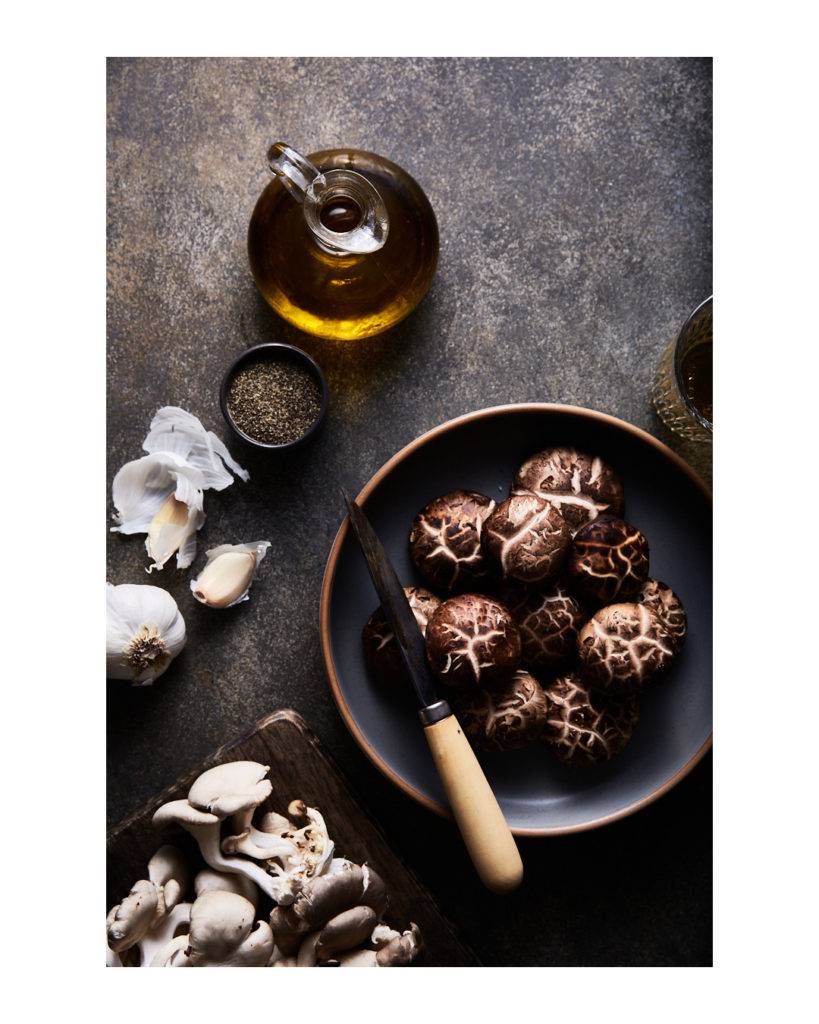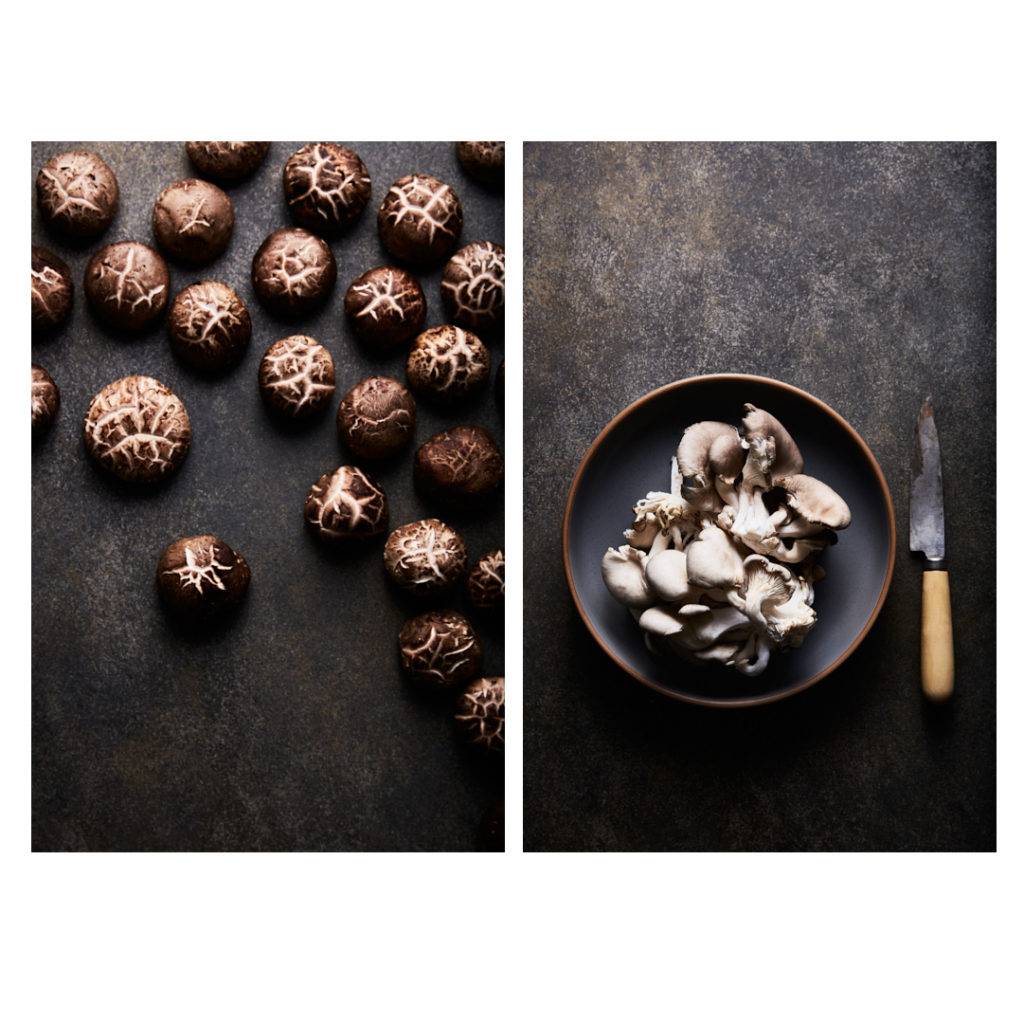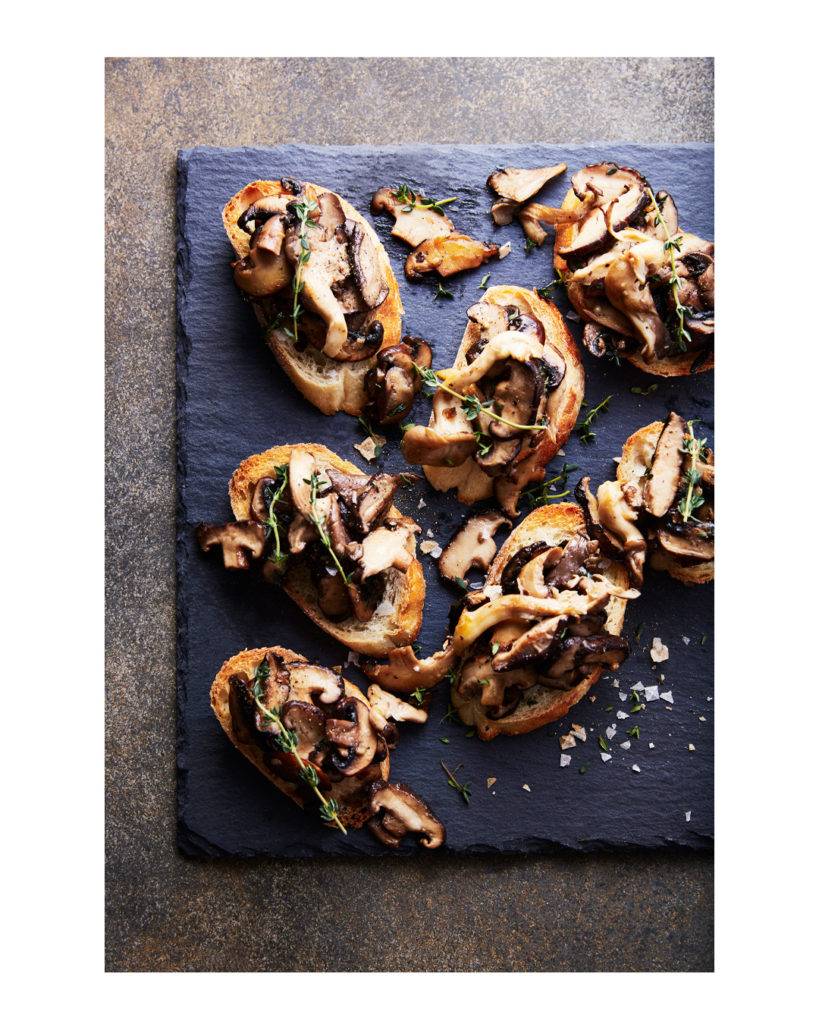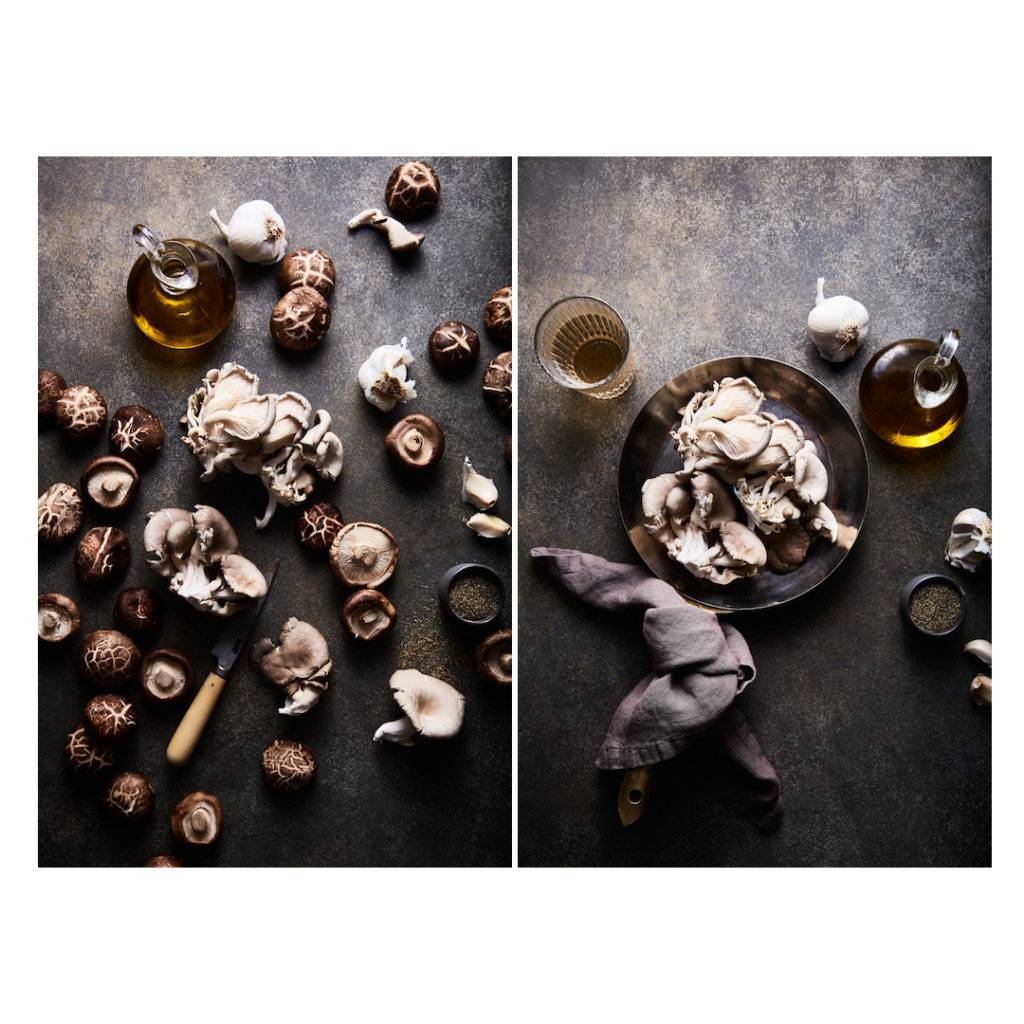With the rise of digital photography so few people see their images in print anymore. This is true even for photographers.
There is a huge demand for website and social media imagery, yet there is a whole other world where printed photographs are still necessary—such as in magazines and advertising.
If you work commercially, you’ll need a printed portfolio to meet with agencies and reps.
This post will give you some tips on how to print photos professionally and get sharpest, best quality results to do your photos justice.

Why Print Your Photos?
As a professional photographer, you need to experience your work in print. Computer screens can be quite forgiving of blown-out highlights or lost shadow detail.
Printing your work will allow you to see where you need to improve your exposure retouching skills. It will also allow you to see what clients what go through when printing your photographs.
As a commercial or editorial photographer, you also need to create printed books and promotional materials. You can send these to clients such as ad agencies, magazines, design firms and major brands.
Whereas it was once okay to show up to a meeting with an agency with nothing but an iPad to show your work, the pendulum has swung back and it’s now considered amateurish.
A printed book is the next step in getting them to take notice of your photography. People still love having something tactile to hold. Print allows a potential client to experience your work more directly.
Calibrate Your Monitor
Before you can get into printing your photos, you’ll need to calibrate your monitor. Nothing guarantees subpar results more than skipping this crucial step.
Whether you’re using a desktop or a laptop computer, each screen will render your images differently. And your screen will appear differently to your client’s screen.
When you calibrate your monitor, you know that what you’re sending to your client is correct, despite whatever they’re seeing on their end.
Monitors come out of the box with their brightness settings amplified. Working on a bright screen is great, but when it comes to printing your photographs, this translation from screen to print fails.
Get a colour calibration tool like ColorMunki or the Spyder Pro. Calibrate your screen regularly. Some photographers calibrate every time they sit down to retouch their images.

Should Your Print At Home?
Printing at home can save you money but if you’re inexperienced or make the wrong choices, it can cost you more in the long run.
If you choose to print on your own, make sure you know the various nuances of print before you press the print button. You should explore this topic in depth to ensure you get the best results.
One of the most important points is the quality of your printer. You cannot buy a printer for $200 to $300 and expect to get great prints.
If you plan on printing at home, you need to invest in a printer in the $1000 plus range. You might choose at-home printing if you want to update your portfolio or sell fine art prints.
A couple of printers that are popular with pro photographers are the Epson SureColor P800 and Canon’s ImagePrograf Pro 1000.
If you work commercially as a food photographer you’ll need to regularly send out promotional pieces and update your book with new work on a regular basis, so investing in a good printer might be a good idea. The initial outlay will be expensive, but you’ll save money in the long run.
Working with a professional printer also definitely has its advantages. A professional printer can give you expert advice on paper weights and finishes, as well as image resolution and sizing.
Colour Management
Colour management is the process of translating what we see in a digital file on the screen to the medium of print.
The goal in printing is to get as close of a rendition as possible in print as you see on your calibrated monitor.
Colour space is one way we control colour.
For example, the universal colour space for computer and handheld devices is sRGB. RGB stands for Red-Green-Blue, which added together gives us white.
Adobe RGB is the colour space that is required for print. If you export your files to use online with this colour space, they’ll look very dull.
On the other hand, sRGB colour space doesn’t translate well into print. You can shoot in sRGB, but you’d have to convert the files in Adobe RGB to get them to look right.
ICC profile is another crucial component of colour management. These are small files of data that characterize a group of colours. They tell a device what colours it should be seeing. It stands for International Colour Consortium.
These ICC profiles are standardized throughout the world.
Different devices and outputs use different profiles. This is important if you’re creating images that a client will print. You need to make sure that you’re giving them images that will handle these conversions well.
When you print your photographs, use the ICC profile from the paper company to get an accurate print. Each company has its own ICC profiles for their papers. You need to download these profiles. That way you can tell Photoshop or Lightroom what the colours should look like.
To install an ICC profile, look on the paper company’s website. You can usually find it there.
For example, for the paper company Moab company, you can find their ICC profiles in the main menu.
Choose your printer and your paper and click to install. It will need to be saved to your hard disk, depending on which operating system you use. Instructions for that are also usually found on company website.

Sizing Your Photos
Size and resolution go hand-in-hand. If you want to print large, high-quality prints your image resolution needs to be very high, otherwise the pixelation will be visible to the eye.
You need to set your Resolution at Output in Photoshop or Lightroom to at least 300 DPI.
DPI stands for “Dots-per-Inch” and it’s the number of dots per printed inch. Digital images are made up of square-shaped “dots” (pixels). The more dots, the higher the quality of the print for sharpness and detail.
DPI is calculated using your digital image’s pixel dimensions and the output size. This is the size of your print. 300 DPI is the minimum for artwork if you want the best results.
DPI is different from PPi.
PPI refers to pixels-per-inch and is used to refer to digital media.
DPI refers to print.
Inkjet Technology
At-home printers offer cost-effective technology in the form of inkjet printing. Inkjet printing is when a moving head in the printer sprays the ink onto the paper.
It produces a high-quality result on a variety of media other than paper, such as canvas, metal, and fabric. Inkjet printers use Cyan, Magenta, Yellow, and Key (Black) known as CMYK.
There are two types of ink used by inkjet manufacturers: dye and pigment. Each provides different results.
Dye inks are less expensive and have more vibrant colors, but they tend to fade over time, which doesn’t make them a good choice for archival print projects. This is fine for your print portfolios or promotions, but not for fine art prints.
If you’re updating your portfolio for meetings with ad agencies, you don’t need to print your images on expensive archival/museum quality paper, which is made for longevity. It will last at least 75-100 years, or even more.The inks are not going to shift that much, nor will the paper yellow or brown over time. You don’t need the images in your portfolio to last 100 years.
But, if you’re selling prints, this kind of paper is a must. Otherwise the ambient light in the room where your client has hung your beautiful print will start to age it.
Choosing the Right Paper
Whether you’re printing at home or having your photos professionally printed you need to choose a high quality paper that will enhance your photos.
There are a variety of weights and finishes available. Glossy papers enhance an image’s vibrancy while matte or semi-glossy papers will give your food photography a contemporary feel.
Weight is measured in GSM, which stands for “Grams per Square Metre”. A low weight paper will feel flimsy. Look for paper that is at least 150-200 GSM for standard prints. For portfolios or fine art prints, use 200-300 GSM.

Where to Print?
If you decide to get your photographs professionally printed, find a printer that caters to photographers. Anything else will not give you professional-looking results. You may save money, but the quality will not do your images justice.
There are so many online print-on-demand services now. They’re very convenient to use, but you lose the benefit of the face-to-face advice from a local printer. These printers can be very knowledgeable and a great source of advice.
When deciding where to print, shop around. Test out a few printers. Have one image printed at each lab you’re considering and see which gives you the best results.
Ask the printer to print a proof before you decide to go ahead with printing a whole library of images. This can give you an idea of the quality and how the colours will render. If you’re not happy with the result, you can ask the printer to tweak it and print another proof.
There is nothing worse than spending hundreds of dollars on prints, only to get them back and realize you don’t like the greens or the amount of contrast.
Keep in mind that a variety of factors will contribute to a printer’s quote. These include paper costs and extra services like scoring and hole punching portfolio images. Some printers make their own blends of inks according to paper type.
If You’re On A Budget
Print is costly.
This is a huge reason why digital has been such a revolution. In the past, photographers had to spend hundreds of dollars on film and print to find that very few of their images were even usable.
Good printers are expensive, ink is expensive, and so is paper.
The key to saving money by printing at home is assessing how much you’ll be printing. Do your research and compare the potential investment to the cost of professional printing.
Paper can eat up a lot of your budget, and you’ll need different papers for different purposes.
If you decide to print your photographs at home, be sure to do smaller test prints on cheap paper first. Assess the images for flaws and correct them before making the final print. This will save you a lot of money in the long run.
Conclusion
Printing your photographs is the ultimate challenge. You’re translating an image into a completely different form.
Whether you print your own photos or get them done professionally, you’ll see them with completely different eyes.
You may very well become addicted to seeing your photography in print.
3


